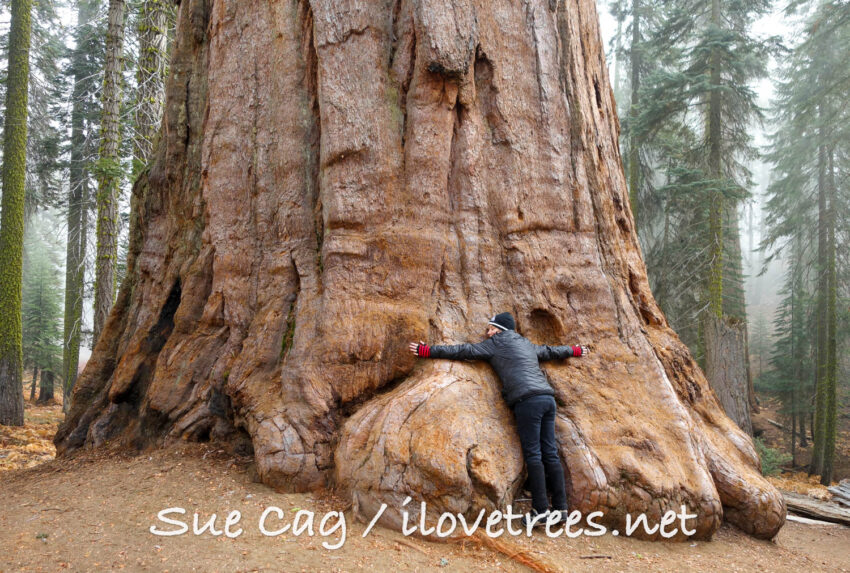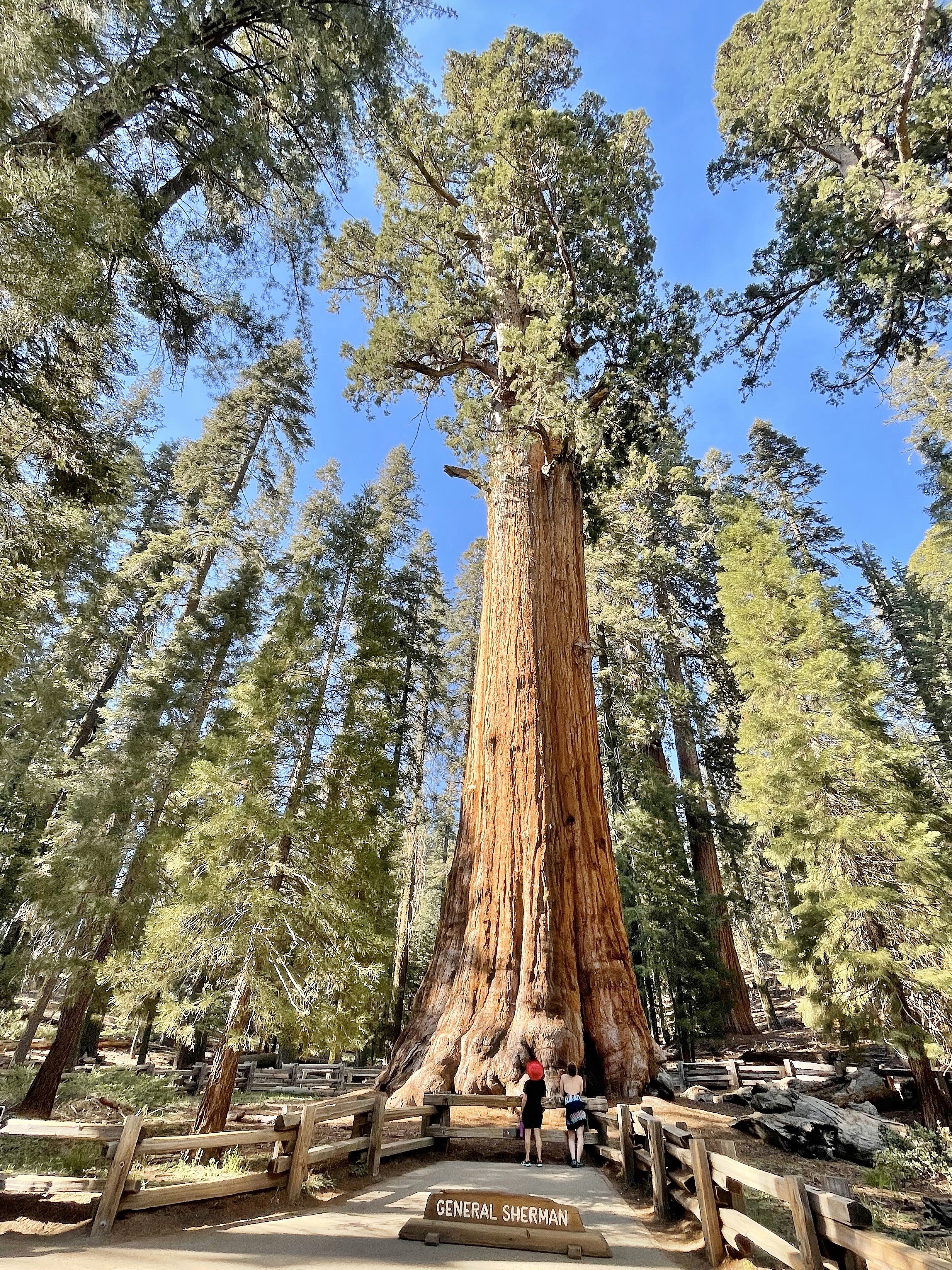Sequoia National Park Hours-- When to See This Famous Destination
Sequoia National Park Hours-- When to See This Famous Destination
Blog Article
Explore the Diverse Wildlife Habitats Within Sequoia National Park
Sequoia National Park is an ecological treasure, showcasing an excellent variety of wildlife habitats that contribute to its rich biodiversity. From the marvelous huge sequoia forests to the varied alpine meadows, each atmosphere plays an essential role in supporting various species, including both typical and unusual fauna.
Review of Sequoia National Park
Sequoia National Park, snuggled in the southern Sierra Nevada chain of mountains of The golden state, is renowned for its breathtaking landscapes and towering huge sequoias. Established in 1890, it is just one of the earliest national forests in the United States, devoted to protecting the all-natural charm and ecological honesty of this one-of-a-kind area. The park incorporates over 404,000 acres of diverse terrain, including impressive hills, deep canyons, and lush fields.

Site visitors can discover numerous treking routes, ranging from leisurely walks to tough backcountry routes, each supplying an one-of-a-kind point of view of the park's splendour. With its mix of natural wonders and leisure possibilities, Sequoia National forest serves as a vital haven for both wild animals and those seeking to get in touch with nature.

Major Wildlife Environments
The diverse landscapes of Sequoia National Park create a mosaic of wild animals environments that support an abundant range of species. These habitats vary from lush fields and thick woodlands to rough towering zones and large river valleys, each offering one-of-a-kind environmental particular niches.
One noticeable environment is the giant sequoia forest, identified by towering trees and an abundant understory, which supports various animals, birds, and pests. The blended conifer woodlands, composed of species such as sugar want and white fir, offer added shelter and food sources for wild animals.
Meadows and meadows play a vital duty in the park's communities, serving as vital foraging premises for herbivores like deer and small animals. These open locations also attract varied bird types, specifically throughout migration periods.
The park's greater altitudes include alpine environments, where conditions are rough and species are adjusted to endure in such extremes (Sequoia National Park hour). Here, one can locate unique flora and animals that grow in rough, cold settings
Vegetation and Fauna Diversity
Within the diverse communities of Sequoia National forest, an exceptional range of vegetation and animals coexists, showcasing the elaborate relationships that sustain the park's biodiversity. The park is home to over 1,300 plant species, including the iconic huge sequoias, which are amongst the largest and earliest trees in the world. These marvelous trees offer essential habitat and food resources for numerous wild animals, promoting a complex web of eco-friendly interactions.
Animal species in Sequoia National forest are similarly diverse, with habitats ranging from lowland foothills to high alpine environments. Animals such as black bears, mule deer, and bobcats prosper in this abundant environment, while avian types, including the impressive gold eagle and the evasive discovered owl, poise the skies. Amphibians her explanation and reptiles, like the Sierra amphibian and the western rattlesnake, also play crucial roles in keeping eco-friendly balance.
The park's distinct combination of altitude gradients and microclimates sustains these different varieties, highlighting the significance of maintaining the natural habitats that enable such a rich tapestry of life to thrive. Recognizing this variety is essential for valuing the environmental value of Sequoia National Park.
Preservation Initiatives in the Park
Preservation efforts in Sequoia National forest play a vital role in safeguarding its one-of-a-kind ecological communities and the varied species that occupy them. The park uses a complex strategy, consisting of environment restoration, varieties keeping an eye on, and intrusive varieties monitoring. These initiatives are crucial for keeping the fragile equilibrium of the park's communities, which include large sequoias, fields, and alpine atmospheres.
Active reconstruction jobs concentrate on reestablishing indigenous plant areas and refurbishing degraded habitats. Sequoia National Park hour. This is particularly important in locations influenced by human task or all-natural disruptions such as wildfires. The park's biologists perform regular surveillance of vital species, including the endangered Sierra Nevada bighorn lamb, to analyze population health and notify management methods
Intrusive types pose a considerable hazard to the park's biodiversity. To combat this, park personnel apply removal programs to manage or get rid of non-native plants and animals that disrupt neighborhood communities. Public education and neighborhood participation are additionally stressed, as they promote a deeper recognition for conservation initiatives. With these detailed campaigns, Sequoia National forest strives to secure its rich natural heritage for future generations while making certain the resilience of its diverse wild animals habitats.
Tips for Wild Animals Monitoring
Observing wildlife in Sequoia National Park uses a special possibility to get in touch with nature and appreciate the varied types that flourish in this exceptional environment. To maximize your wildlife observation experience, think about several vital ideas.
Firstly, strategy your go to during morning or late afternoon, as these times are most active for several animals. Bring binoculars to observe wildlife from a secure range without interrupting their all-natural habits. Furthermore, familiarize on your own with the varieties you wish to see; understanding their practices and habitats can improve your chances of identifying them.
Patience is crucial; wildlife monitoring frequently requires waiting silently and being mindful of your surroundings. Remain on designated routes to decrease your impact on the environment and ensure your safety and security. It is likewise advisable to keep a respectful distance from pets, preventing any activities that can stress them or disrupt their environment.
Last but not least, think about signing up with assisted tours led by experienced park rangers. These specialists can offer beneficial insights and raise your possibilities of observing wild animals in their all-natural settings. By complying with these ideas, you can enhance your experience and contribute to the preservation of Sequoia's wildlife.

Final Thought
Sequoia National forest offers as a vital haven for varied wild animals, showcasing an impressive array of habitats that support countless types. The interaction between large sequoia woodlands, combined conifer forests, fields, and alpine areas fosters a rich environmental tapestry. Continuous conservation efforts are vital for maintaining these habitats and the special plants and fauna that occupy them. Inevitably, the park's biodiversity emphasizes the significance of keeping such all-natural landscapes for future generations.
Please visit one of our local supporters - Wholesale Liquidation Pallet Dewalt Tool Packs
Report this page